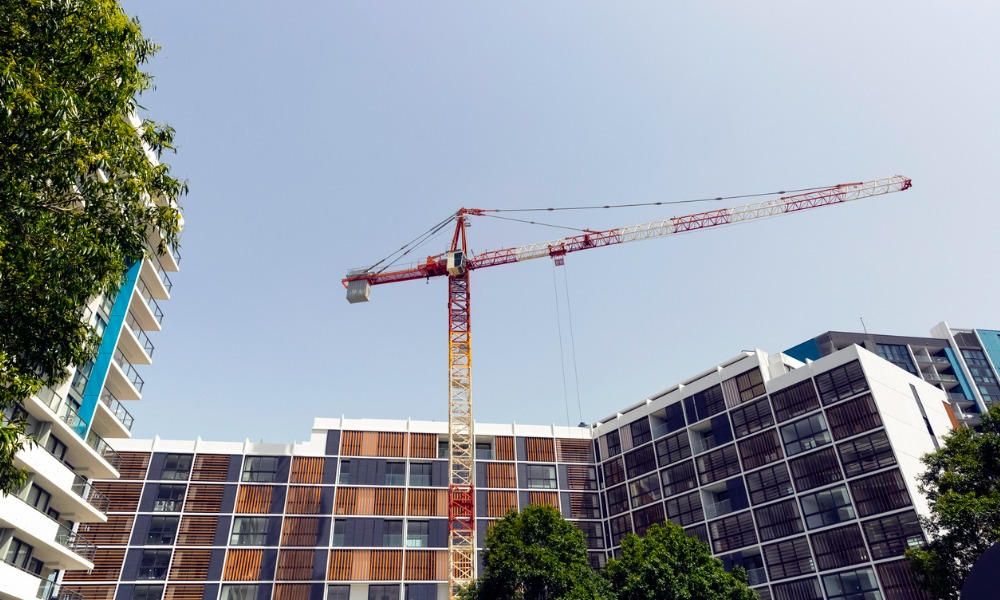Developer organization has a novel suggestion to push projects through faster

The Urban Development Institute of Australia has a novel suggestion for addressing NSW’s massive apartment shortfall: take planning authority away from the state planning minister.
In its 2022 Apartment Supply Pipeline Report, UDIA NSW said that the state’s apartment deficit of 48,000 units will balloon to almost 60,000 without government intervention. The institute also said that taking planning authority out of the hands of the NSW planning minister would make it simpler to get large developments going.
Predictions for population growth point to the need for 20,500 annual high-rise apartment completions, UDIA said. However, the pipeline is falling far short of that mark. Last year, the industry body put the shortfall at 40,000 apartments. The deficit is now at 48,000, and will spike to 59,700 by fiscal 2025 before apartment completions balance with demand, according to The Australian Financial Review.
Even when completions and demand meet equilibrium, the pace of construction won’t meet the demands of the backlog, UDIA warned. In order to do that, NSW would need to produce 25,000 apartments annually for the next 13 years.
“Apartments will be a key for the successful future of our state, and we must turn the current situation around to avoid rents from escalating and address the demand backlog so we can build up diverse housing choices for the people of NSW,” UDIA NSW chief executive Steve Mann told AFR.
The primary obstacle faced by the projects UDIA surveyed was development finance. About 55% of large developments cited it as an issue, compared with just over 40% in 2021. Finance was cited as an issue by 65% of developers of smaller projects.
Read next: Is the regional rental boom winding down?
The UDIA report also said larger projects would be easier to complete if they faced less local political opposition.
“Most major developments encounter significant local opposition,” the report said. “This creates political pressure for the local MP. If the local MP is from the governing party, they will talk to the Planning Minister about reducing the size of the development to placate the opposition.”
The upshot, the report said, was that often developments saw their density “significantly reduced.” To avoid this outcome, the report recommended having densities of major precincts set by the cabinet rather than the planning minister.
“A way needs to be found to prevent a planning minister from being put in this difficult position,” the report said. “For major precincts, the densities should be agreed upon upfront by NSW cabinet, and, critically, only by cabinet. This will mean that local members need to get cabinet to change a decision rather than individual planning ministers, setting a higher bar to reducing densities.”



